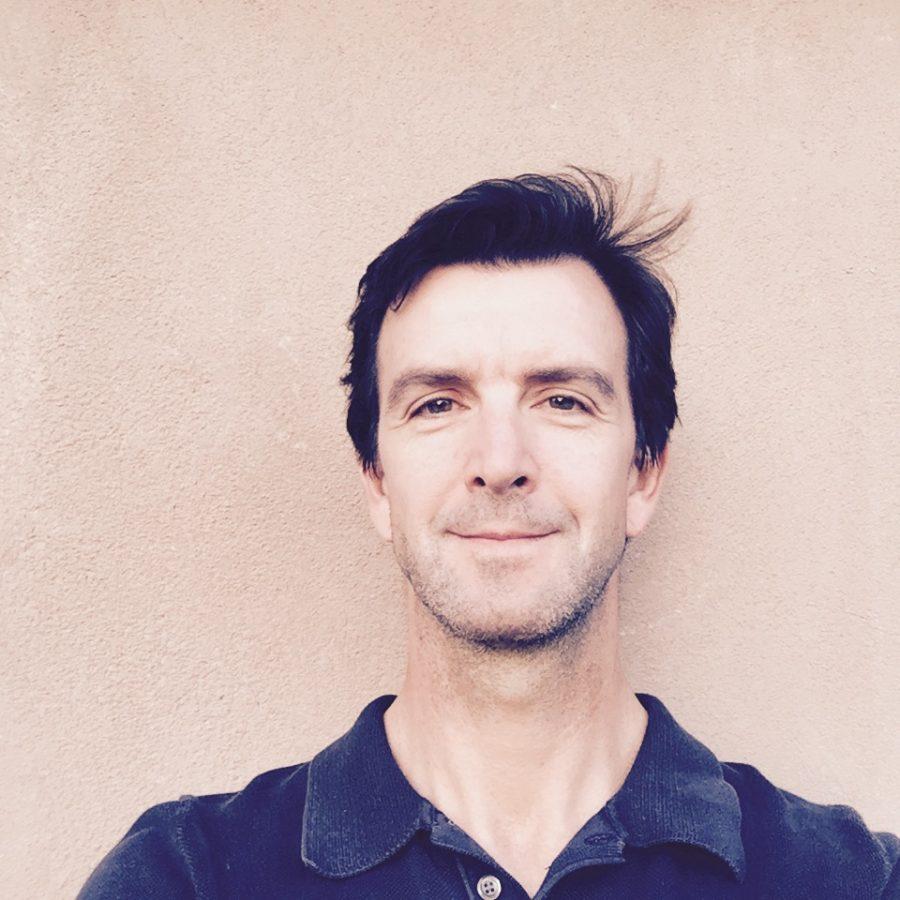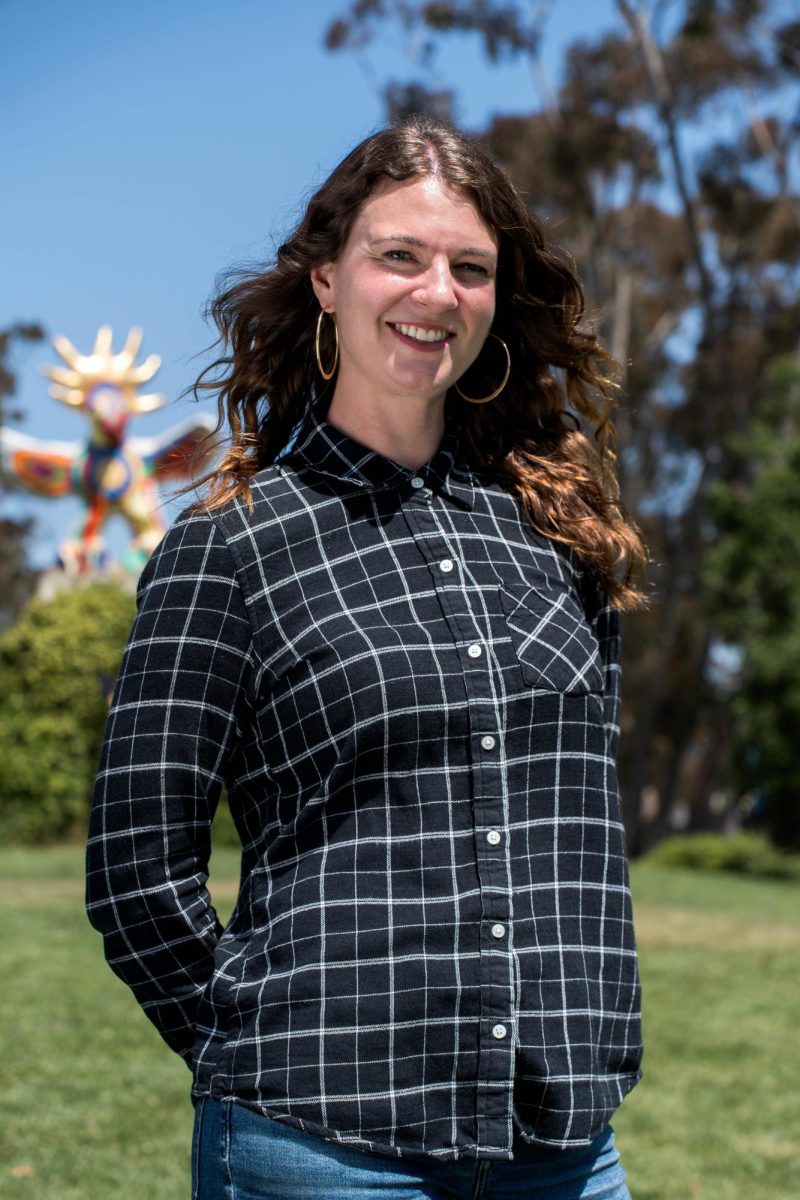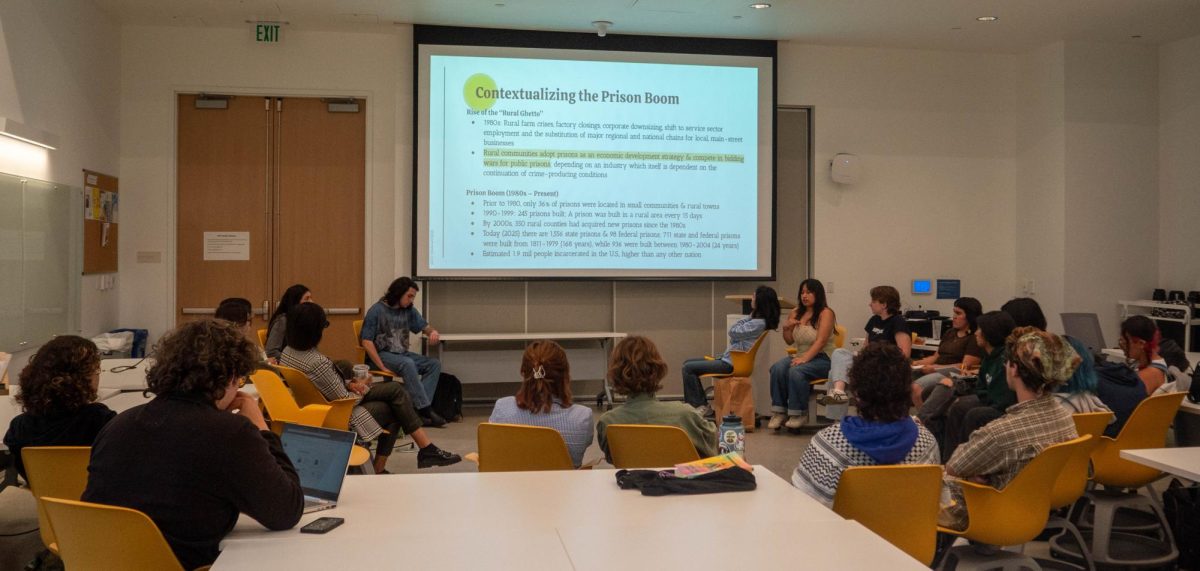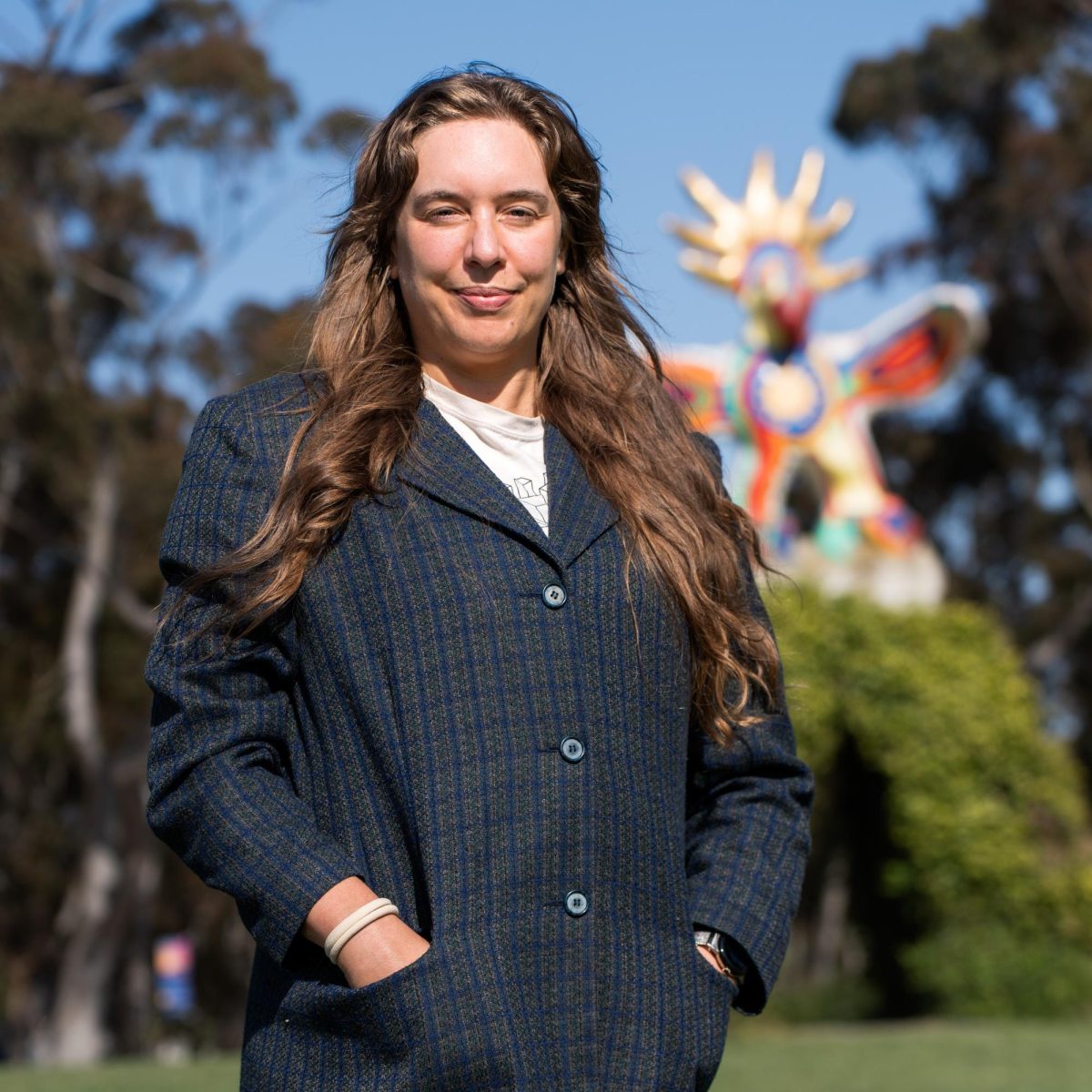Dance Professor Liam Clancy shares what he values about dance and describes his unorthodox path to becoming a professional dancer.
Liam Clancy was the Massachusetts state champion pole vaulter in 1986. But, as agile and athletic as he was, no one thought his love of movement would take him down the unorthodox path of becoming a professional dancer.
Raised in suburban Massachusetts during the ‘70s and ‘80s, Clancy played football and ran track, often putting his athletics before his academics. Sports were a crucial aspect of his social life, but also carried a deeper meaning because they helped him find an outlet in movement itself.
“I liked the organized part of sports less than I liked just moving,” Clancy remarked.
Because he never went through formal dance training as a child or had any sort of exposure to art, Clancy becoming a dancer was especially unexpected. In fact, his only childhood dance experience came from participating in the dance contests kids held in junior high.
“We would have these contests, dance contests, and I would win them — which was amazing,” Clancy recalled, laughing at the memory. “Very informal, right? You’re just doing your own thing. But I would listen to funk, and soul, and disco … And I remember I won the last dance contest! The first prize was Michael Jackson’s album “Off the Wall,” so I cherish that album. I felt like I had some creative inclinations but never knew where to put them, I didn’t really know what the outlet was in a consistent way.”
Clancy had planned to attend college because it seemed like the appropriate path to take, but he still didn’t truly know what he wanted to do with his life. He received a partial scholarship to Northeastern University for pole vaulting, only to turn it down after the Navy called him offering multiple financial benefits and time to think about his future. Clancy ended up joining the Navy and taking some of the academic courses available to him there.
“It felt like I made this switch toward being interested in the arts and learning about art,” he said, acknowledging one of the Navy’s literature courses as the turning point that piqued his interest in the arts.
After three years in the Navy, Clancy started college at Rhode Island College, a liberal arts school. Although he took Modern Dance 101 to satisfy a general education requirement, he saw the beauty of dance and ended up discovering his affinity for it.
“It was moving, it was physical, but it was also creative,” he said. “And that changed everything. I was dancing, dancing, dancing.”
College provided him with the opportunity to work with the choreographer Elizabeth Streb, who invited him to audition for her national dance tour in his senior year. Out of the 150 dancers who auditioned, Clancy managed to earn one of the four slots in the show. He immediately arranged to hand in his final papers to graduate Rhode Island College in 1995 and moved to New York in just three days to pursue life as a professional dancer. Eventually, he earned his master of fine arts degree in choreography at UCLA, graduating in 2005.
Read More:
Professor Ann Woods: From the Louvre to the Lecture Hall
Changing the Discourse Surrounding Suffering
Professor Adrian Borsa: Atypical Academia
Because Clancy grew up as a working-class boy, he never thought a career in the arts would be a possibility for him. He cited his involvement in the military, how it’s “the most machismo, sort of male place,” as well as discussing the unfortunate stigma around male creativity and involvement in the arts. Health-wise, he didn’t have exemplary dietary role models growing up — the men in his family lived in poor health and passed away at early ages. Dance was a new, healthy change in his lifestyle that taught him how to take care of himself.
“Dance felt like I could be differently, in ways that made more sense to me. I just felt like it saved me in lots of ways.”
Although he lacked the financial stability one would expect of someone who just uprooted his life to move to New York, Clancy worked hard to make his dance career happen by taking multiple jobs and by building a stable network of friends to support each other in their various artistic endeavors.
When asked for his advice to aspiring professional dancers at UC San Diego, he enthusiastically encouraged them to pursue their dreams responsibly.
“If you really want to dance, go,” he said. “What I think would be more of a disaster would be to feel like it’s impossible to do because of some practical things. I’m also not advocating being irresponsible — I worked hard. But I had a good network of friends, we took care of each other. That’s what I would say. Worst case is it doesn’t work out. But then you know. This idea of not experiencing it, I think, would be a shame.”
Despite his position as a dance professor at a university better known for its achievement in STEM than its achievement in the arts, Clancy retains an optimistic outlook on the substantial gap between the two disciplines and their seemingly separate methods of thinking. In Clancy’s opinion, the gap has actually lessened in the 13 years he has been teaching here. He believes science and art actually have a lot in common.
He referenced multiple projects at UCSD that demonstrate the interdisciplinary nature of the two fields of study, including the 2009 collaboration between the famous British choreographer Wayne McGregor and the cognitive science department researching creativity and the making of dances.
“There’s this overlap of inquiry, of trying to understand what else is possible for looking at different ways of thinking about the world and being in the world,” he said. “And both scientists and artists share that — that they always have.”
In Clancy’s own work, he focuses on contemporary approaches to dance, which comes out of broader ideas that developed during the period of ‘60s counterculture. Similar to the counterculture’s effort to develop a less hierarchical world, postmodern dance focuses on maintaining equality and non-hierarchical relationships. It questioned the typical conventions of performance in new and unique ways. There is no single definition of preferred technique or one perfect way to move. Instead, dance can be anything, and anyone with any body type can do it.
As a professor, Clancy focuses on postmodern dance by “teaching the study of somatics, moving somatically, which means experiencing the body — making dance from sensation.”
Somatics is essentially mind-body integration that allows the dancer to find an inner connection through his or her movement. Clancy believes this visceral experience gives the dancer opportunity to explore what they can do because each individual’s unique way of movement is what becomes their choreography. He encourages students to notice how their bodies feel as they move. This awareness allows for growth, which leads to discovery.
Clancy argues that students don’t have to change anything about themselves to be better dancers, but just have trust in their moving bodies. He hopes his classes teach students to stop judging themselves and realize just how sophisticated they already are.
As Clancy himself said, “You don’t have to separate yourself from yourself. My approach to dance is that you honor and you celebrate this body.”







